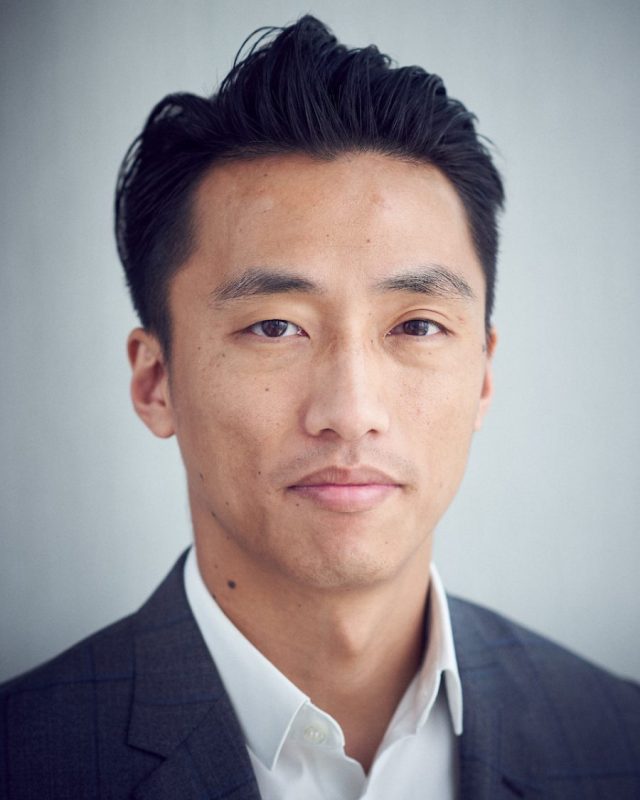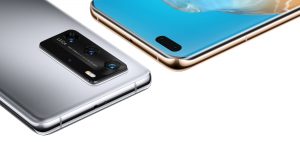We were lucky enough to catch Huawei’s UK MD Anson Zhang on the eve of the launch of the new P40 Pro+ to talk camera quality and consumer trends, the value of AI in a 5G world and whether (screen) size matters…check it out below.
This conversation has been edited for clarity and brevity.
It would be good to understand what sets the P40 Pro+ apart from competitors, as well as the original P40 Pro?
Anson Zhang: The P40 series is a new generation of smartphone; we have been doing very well with the P series in past years, especially in the UK.
It has already been received as our flagship device, which includes major camera innovation and intelligent technology. Not only that, but we have also introduced a series delivering 5G with our own chipset to provide faster connectivity.
We have also brought an iconic and original design with varied colours – it has always been a luxury device.
Our AI chipset will also help you very easily control functions whether you are taking a picture or taking a video, we also like to say it can translate or recognise objects automatically by the camera.
[In the P40 Pro+] we majorly upgraded the camera functions and the battery durability.
How has the P40 Pro performed to date?
AZ: Pretty good, it’s been received as a top phone in the market and you can find it in all channels in the UK.
And there is also strong evidence to show continued demand from people. Many people using the P20 I think are very eager to try the latest device coming to the market, and that arrives in the form of the P40 Pro+.
The P40 Pro’s camera has already won an array of awards for being the best on the market so far in 2020.
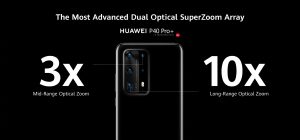
How is the Leica relationship continuing? Is it still instrumental in imaging quality on Huawei devices?
AZ: We have been working with Leica for years, the P40 Pro+ will feature the Leica Ultra version, offering the latest camera capabilities like capturing content through a choice of 100x super zoom array, ultra-wide, or 3D depth sensor cameras.
With general market concerns around smartphone durability, why did you decide to go with a glass-backed device?
AZ: It is actually a metal-with-glass technology, and we utilise our own tech. If you have it in your hand you can truly feel it is not plastic.
The materials are strong and clean with minimum fingerprint collection, and a low-profile design. I remember when we introduced the P20 in 2018 – which was one of the top-selling mobiles in the UK – we released the twilight edition which was very well received because normally smartphones were only black, white or grey. We were surprised at just how popular this model was!
In 2019 we released the ‘aurora’ colourway or we called it the crystal version, and this year have introduced the latest versions and colours – another one of the selling points of the P40 Pro+.
I think we have five different colours – Ceramic Black, Blush Gold, Deep Sea Blue, Ice White and ‘Silver Frost’.
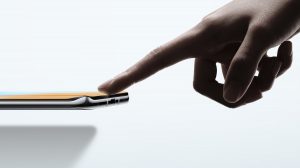
What about the front of the device? Have there been meaningful developments there?
AZ: There is a dual camera on the front screen and a fingerprint scanner.
With the P40 Pro+, it is equipped with a 32MP front-facing dual camera and auto-focus which can provide the best portrait picture quality.
The design we have insisted on for many years is trying to provide the biggest screen ratio, whilst keeping the phone feeling ergonomic in the hand – a slightly curved screen maximises this.
Is there anything to gain in making the P40 Pro+ display bigger?
AZ: Increasing the screen by 1 or 2% may not seem like a lot, but still requires a high standard and stability for the hardware design – keeping it compact in a small body.
We do not sacrifice any battery life. We use our own battery system, and our chipset has exceptionally low energy consumption.
You can see online that one of the most attractive aspects from users of the P20, P30 and P40 series is the long battery life and the fast charging technology. For example, I can charge a P40 Pro to 50% in just 15 minutes with a wired charger.
Our latest wireless charger can provide nearly 40 watts of charging.
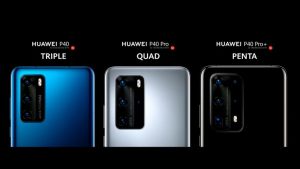
How did Huawei prepare its approach to the advent of 5G?
AZ: 5G is the new generation of network tech that can allow the user to have a fast connection and data transfer without latency.
We do believe 5G and AI together are the two core capabilities to drive the next generation of the technology revolution.
That is the reason we have been investing heavily in these areas for many years and why Huawei is a 5G leader – we have the biggest share of 5G equipment globally and we were the first to use the 5G smartphone chipset with all in one solution (AI).
We believe very strongly and invest heavily in research and development every year – and have done so for over 20 years – hence we can produce our own chipset.
[We have] a chipset that is compatible with all networks, but we want to explore what these combinations can deliver in the coming 5 to 10 years.
What are the key growth opportunities going forward?
AZ: We are aware that most consumers know the Huawei brand due to our smartphones, we are the global number two player.
We also know smartphones are the most used device for people every single day. A vision is to keep the phone as the hub and provide a full portfolio of devices to work with it – from PCs to tablets, TV and audio, IOT, smart glasses and so on.
5G can provide the data transfer quickly without latency, but AI can help to deal with data automatically, faster, and with more functionality.
We would like to provide a Huawei full ecosystem strategy. Smartphones are just one part of the strategy.
Huawei Mobile Services will allow Huawei devices, phones, PCs, and tablets to communicate seamlessly and paired with a second hardware ecosystem called ‘Hilink’ we are developing, which will allow for different manufacturers’ peripherals to communicate with Huawei devices also.
Our PCs and tablets have been available for years now and have been well-received globally, we want to focus more on these going forward and integrate them into our ecosystem, but there is still a lot of work to be done.
The reason we want to create this ecosystem is to upgrade on the user experience, it is an ideal a bit different than other big players like an Apple or Google for example.
We want to offer our ecosystem to any other partner to feel free to join us. We endeavour to provide the technology to serve people first.
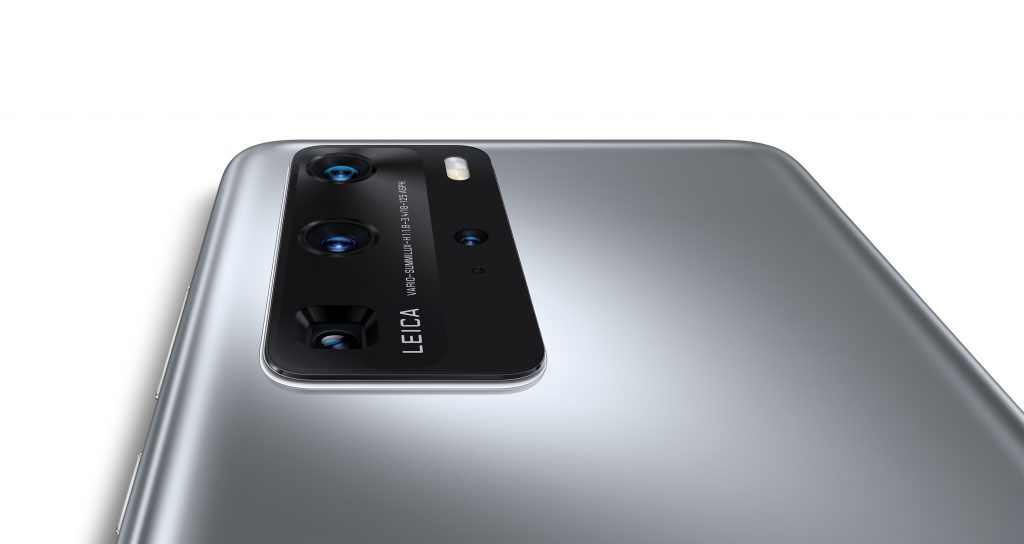
Finally, over the next 12 months, what is Huawei’s primary focus?
AZ: We want people to understand that Huawei is the full provider, not just smartphones, but the suite of devices I mentioned before. We call it the ‘1+8 Strategy’ which encompasses the ‘Hilink’ and Huawei Mobile Services ecosystem.
We have been doing a lot of ‘alphas’ with our business partners from different industries, be that gaming or financial.
And eventually, you will see more new devices like the P40 Pro+ and new functionality for sure over the next twelve months.
The Huawei P40 Series devices are available now, with the P40+ ready to buy from the 25th of June.
